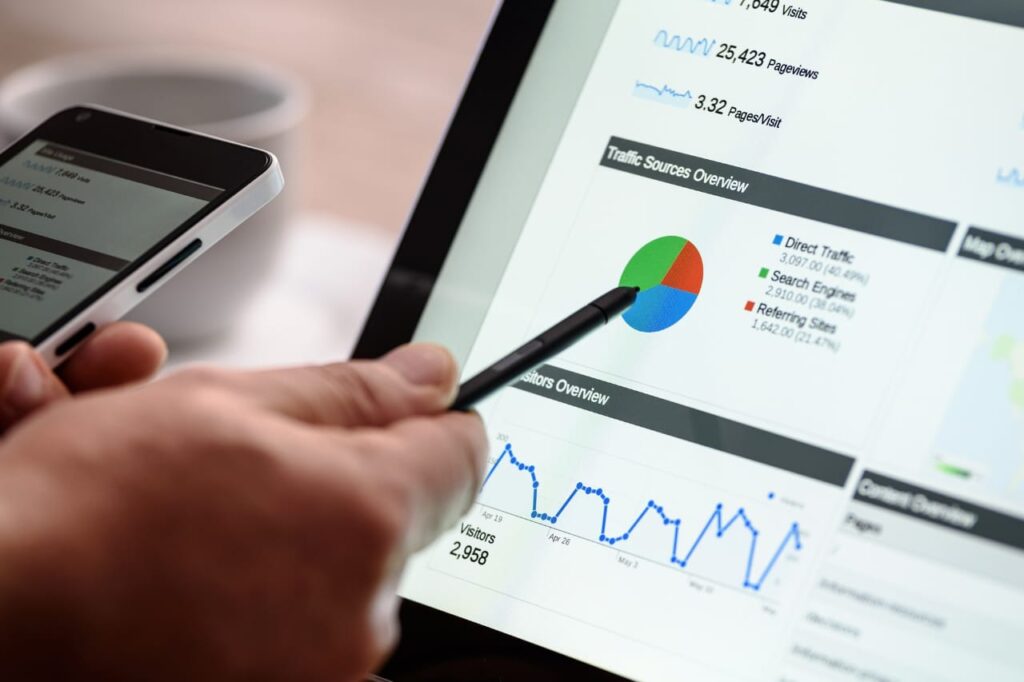Digital Twin for Urban Planning: Building Smarter Cities with Virtual Precision
As cities evolve in complexity, digital twins offer a revolutionary way to simulate and manage urban environments. These virtual replicas of physical systems—powered by real-time data—are transforming how planners, architects, and governments design cities, monitor environmental changes, and enhance urban life. This article explores the digital twin (DT) concept, its application in urban planning, and the various technologies and tools that support it.

Table of Contents
Understanding the Alternative World of Digital urban Infrastructure (DUI)
Alternative world DTI represents a sophisticated layer of digital infrastructure mirroring the real city. A digital twin infrastructure integrates satellite imaging, IoT sensors, geographic data, and human behavior models. It allows urban planners to simulate city-wide changes before making real-world decisions—saving time, reducing risk, and enhancing long-term outcomes.
Urban Twins and Health Reviews: A Human-Centric Perspective
Urban digital twins not only replicate buildings and infrastructure but also incorporate twins health reviews, tracking urban population wellness. By analyzing air quality, weather conditions, and environmental hazards, cities can forecast health risks and proactively manage crises—offering early warning systems for epidemics or heat waves.
Digital Models: Shaping Future Cities
Digital models form the core of digital twin systems. These virtual constructs are created using geospatial data, construction blueprints, and AI predictions. City-wide simulations involving transportation networks, sewage systems, energy grids, and population density help planners test the impact of new developments or changes in climate regulations.
Streaming Data and Live Urban Awareness
Stream data Digital twin are fed by real-time streams from sensors and devices across the city—tracking weather, traffic, pollution, and human movement. This constant data influx enhances urban awareness, providing insights into pedestrian behavior, traffic bottlenecks, and energy usage. The live nature of these models allows planners to react instantly and make data-driven decisions.
Twin Lens Reflex Digital: Seeing Cities Through a New Lens
Borrowing from the concept of twin-lens reflex digital cameras, which offer precision and depth perception, digital twins allow planners to visualize multiple layers of urban systems simultaneously. Just as a twin lens reflex camera offers two perspectives—one for viewing and one for capturing—urban digital twins combine observation and action into a single, powerful tool.
Twin Lens Reflex Cameras: Inspiration for Multi-Layer Urban Vision
Twin lens reflex cameras serve as a metaphor for the way digital twins layer complex urban systems into a coherent visual interface. Urban planners can toggle between various “lenses” of data: infrastructure, environment, population, and economics. These visualizations make planning more intuitive, reducing human error and improving community involvement.
Environmental and Weather Integration in Urban Digital Twins
Weather and environment factors are crucial in digital twin urban simulations. These systems incorporate climate change models, rainfall predictions, and heat index data to help cities build more weather-resilient infrastructures. For instance, stormwater drainage systems can be simulated for performance under extreme rainfall—preventing future flooding disasters.
Incorporating the Power of Digital Awareness
To successfully use a digital twin in urban planning, cities must incorporate digital awareness across all levels—from local communities to governmental bodies. Campaigns to raise awareness about how urban data is used, how privacy is maintained, and how citizens benefit are key to fostering trust and innovation.
The Role of Dates and Historical Trends in Urban Twins
Analyzing date-based trends enables urban planners to simulate the long-term impacts of their decisions. Historical data on migration, pollution levels, energy use, and economic activity enriches digital twin simulations and strengthens predictive capabilities.
Conclusion: Digital Twin—A Blueprint for Urban Evolution
The concept of a digital twin for urban planning is reshaping how cities are designed, built, and maintained. By merging real-time data streams, environmental insights, health metrics, and human behavior modeling into one system, urban planners gain a holistic, data-driven approach to build more resilient and intelligent cities.
Digital twins are not just models—they are the future lenses through which we view, understand, and transform our cities.

